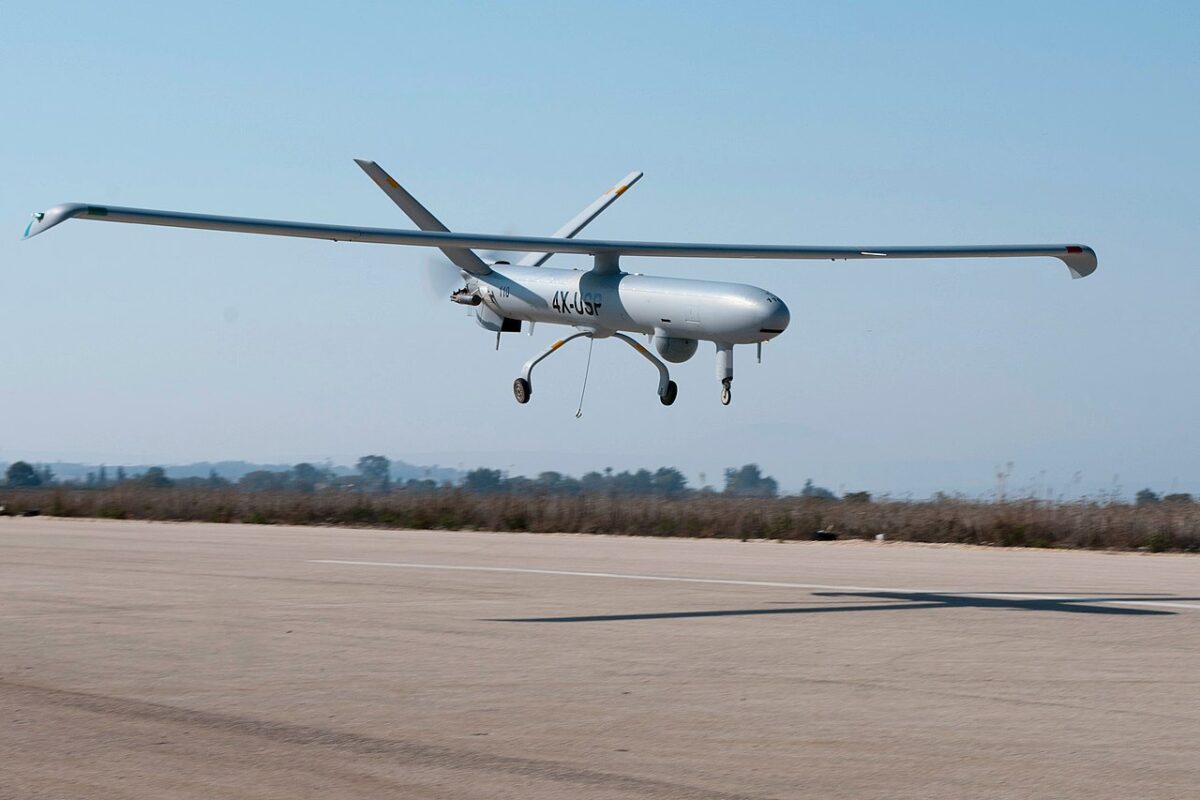Researchers from Spain and Ecuador have developed an optimization method to integrate PV cells and batteries into UAVs. They presented their findings in “Optimization of the solar energy storage capacity for a monitoring UAV,” which was recently published in Sustainable Futures.
“One of the main contributions of this article is the increase in the autonomy of the designed UAV by incorporating a photovoltaic solar energy backup system,” they said. “The optimization of the storage system is carried out based on an objective function, in which the battery capacity is minimized to increase flight autonomy since it has a direct relationship with the weight of the aircraft.”
The research group first conducted an aerodynamic study and wind flow simulation. Using a set of equations and simulation programs, the scientists proposed a UAV with a wing surface of 8347.50 cm2 and a wingspan of 342 cm. The proposed length of the fuselage was 97.6 cm.
The UAV was assumed to have a few telemetry systems, a camera, and a transmitter. It also included a propulsion system, servo motors, and a battery. The total weight of the proposed UAV, including the surveillance components and the aircraft itself, was 3.5 kg.
Based on those parameters, a digital 3D design of the aircraft was done using AutoCAD software and then imported to MatLab. The latter enabled the scientists to simulate the UAV in different flight paths under standard solar radiation over Ambato, Ecuador.
“A renewable system consisting of 48 photovoltaic cells that will be located along the fixed wing of the UAV,” the academics said, noting that they used C60 monocrystalline cells. “In addition, due to the geometry of the aircraft, the cells must be connected in series, thus reaching a power of 178.56 W.”
Through an optimization algorithm, the group calculated the required power supply and storage capacity and considered costs, voltage, and battery weight, as well as the capacity, surface, and efficiency of the PV unit, along with the dimensions and operational needs of the UAV.
“To optimize the system we worked with the pymo library of python, with which we determined an optimal capacity of 15 mAh,” the researchers said. “Once the battery capacity has been estimated, a Lithium Ion arrangement is integrated. The battery module is integrated by six batteries of the Li-Ion-18650 series; each battery provides a voltage of 3.7 Vdc with a capacity of 2200 mAh … By implementing this optimization technique, the system’s autonomy capacity can be increased by up to four times.”
The research group included researchers from Spain’s Autonomous University of Madrid, Ecuador’s Polytechnic School of Chimborazo, and the Technical University of Ambato.
This content is protected by copyright and may not be reused. If you want to cooperate with us and would like to reuse some of our content, please contact: editors@pv-magazine.com.



By submitting this form you agree to pv magazine using your data for the purposes of publishing your comment.
Your personal data will only be disclosed or otherwise transmitted to third parties for the purposes of spam filtering or if this is necessary for technical maintenance of the website. Any other transfer to third parties will not take place unless this is justified on the basis of applicable data protection regulations or if pv magazine is legally obliged to do so.
You may revoke this consent at any time with effect for the future, in which case your personal data will be deleted immediately. Otherwise, your data will be deleted if pv magazine has processed your request or the purpose of data storage is fulfilled.
Further information on data privacy can be found in our Data Protection Policy.